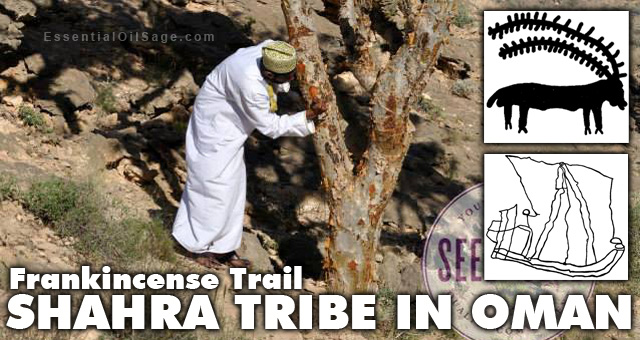
Just a sliver of the background knowledge Young Living provides on our Sacred Frankincense oil. It helps when the company actually goes to the source. Not only that, but we’ve become an integral player with Oman by performing ground-breaking research on its national treasure at our farm and distillery there. Gary Young has been building relationships with Oman since 1996.
Compare this to one of our so-called competitors which, when it started several years ago, claimed superiority over Young Living because they offered frankincense from Oman. Interesting, since that species of frankincense (Boswellia frereana) does not even grow in Oman. One of the company’s founders (and so-called “Chief Medical Adviser”) went so far as to write a book on frankincense that is so full of misunderstandings that it is obvious he doesn’t have a clue, much less first-hand knowledge. For example, the book claims that one of the dangers of harvesting the resin is the vipers that hide in the trees. The “expert” didn’t realize that the viper tale was carefully crafted and cultivated by the ancient Shahra people to keep others away from the treasure held by the trees.
When the Omani authorities were asked if anyone from this upstart company had ever come to Oman, the answer was, “No. And if the do they will be detained and held for questioning.”
Turns out the the Omanis didn’t appreciate their national treasure having claims made about it by such a dishonorable company.
The Frankincense Trail begins in the Dhofar Mountain Region. Ancient Dhofar port cities Baleed, Taqah, Raysut, Sumharam, and Hasik spanned the coastal “crescent moon” mountain range of Dhofar (originally Zofar). This is where most of the sacred frankincense resin was sent by ships (Omanis are excellent ship builders and sailors) for sailing routes to southern Africa, Egypt, Babylonia, Persia, India, and China.
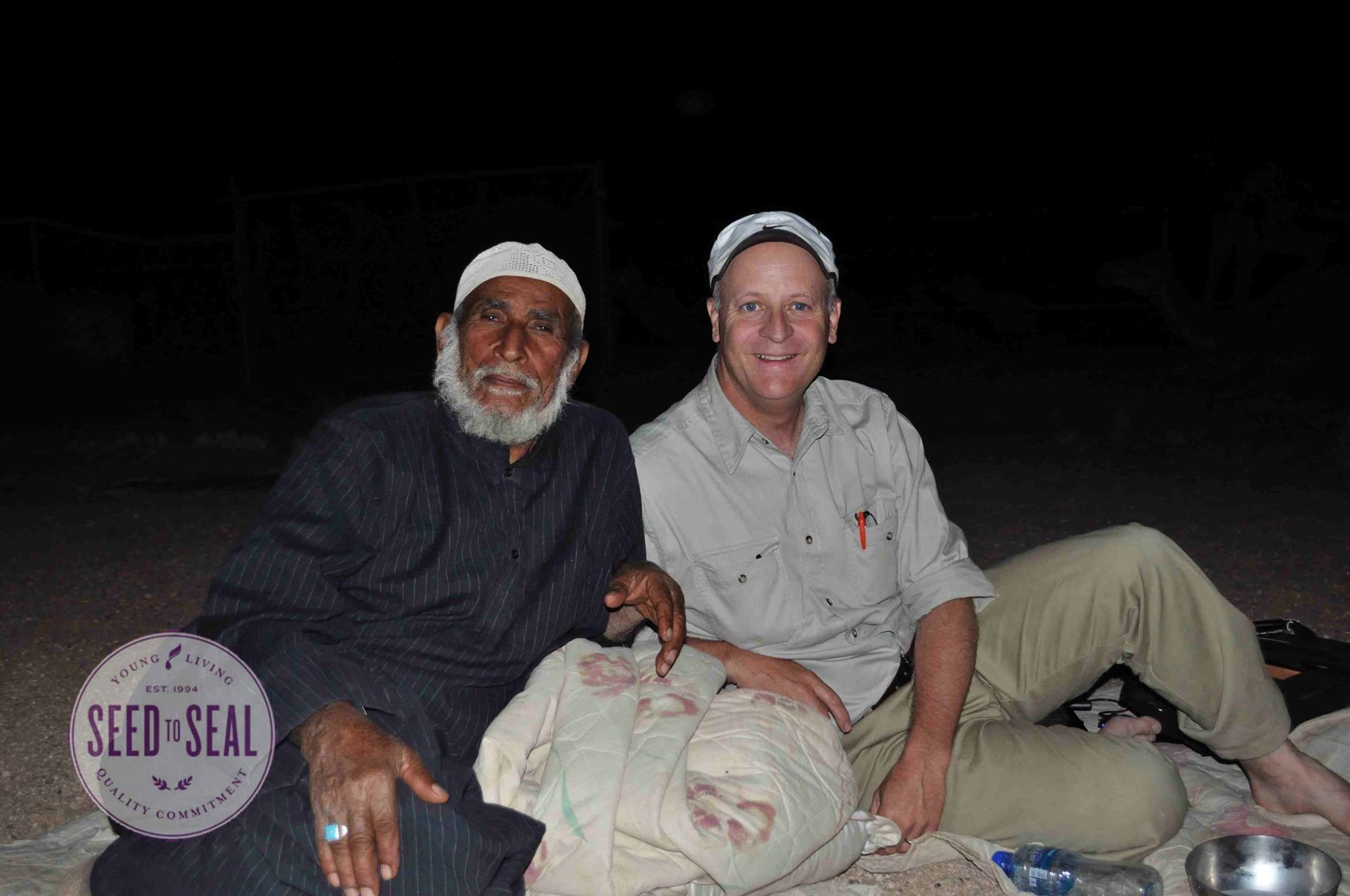
Young Living Sacred Frankincense resin is sourced through the local Shahri people. Image Source
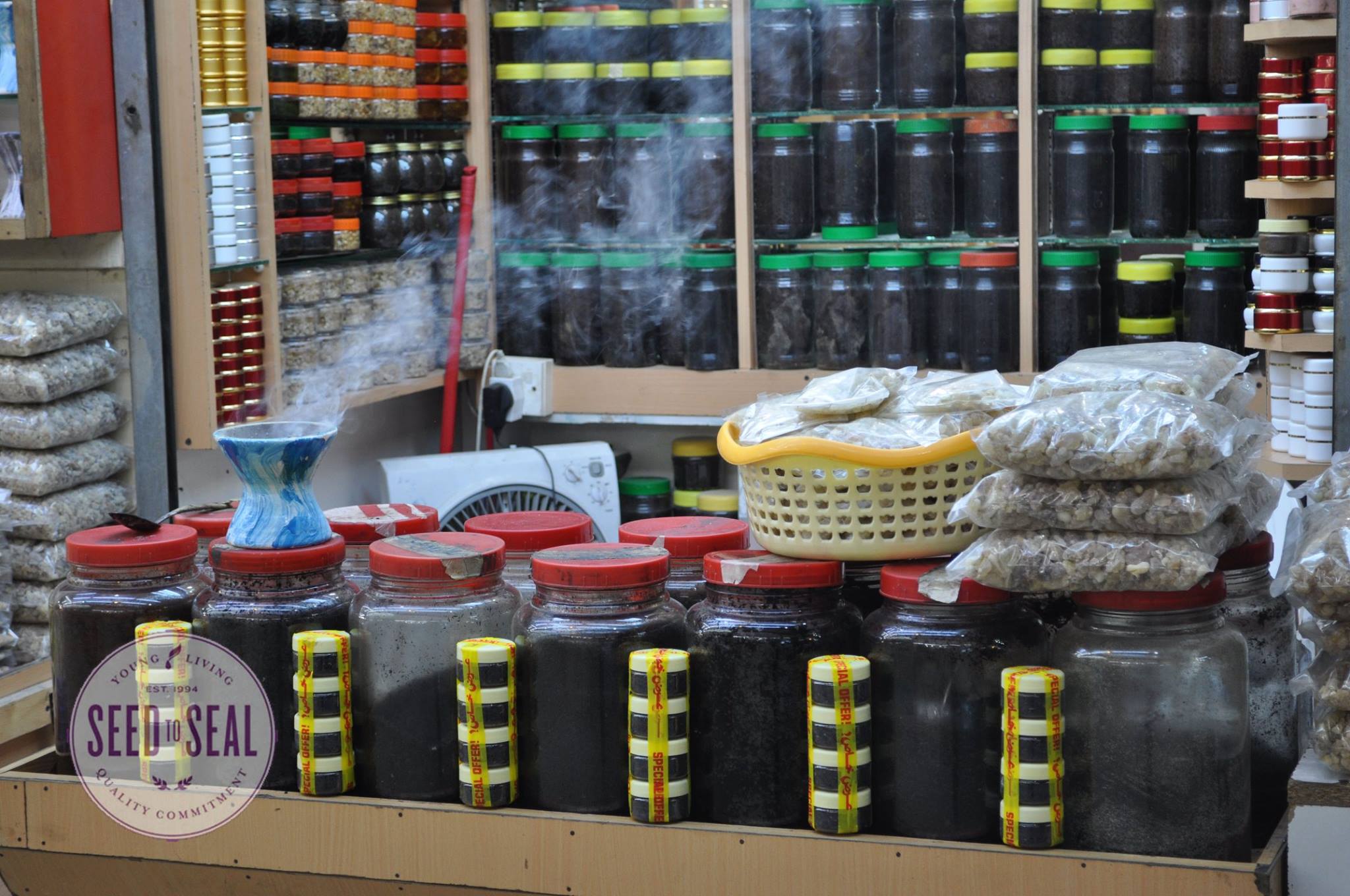
Frankincense resin in local market. Image Source
The Boswellia sacra resin is sourced directly from the local resin collectors, the Shahri people who own the rights to the Boswellia sacra trees.
The Shahri are the “people of the Dhofar Mountains”. They have family traditions, language, and a history that is dated back to the time of the Prophet Noah’s grandsons and great-grandsons.
Source: Dr Cole Woolley PhD, February 6, 2015
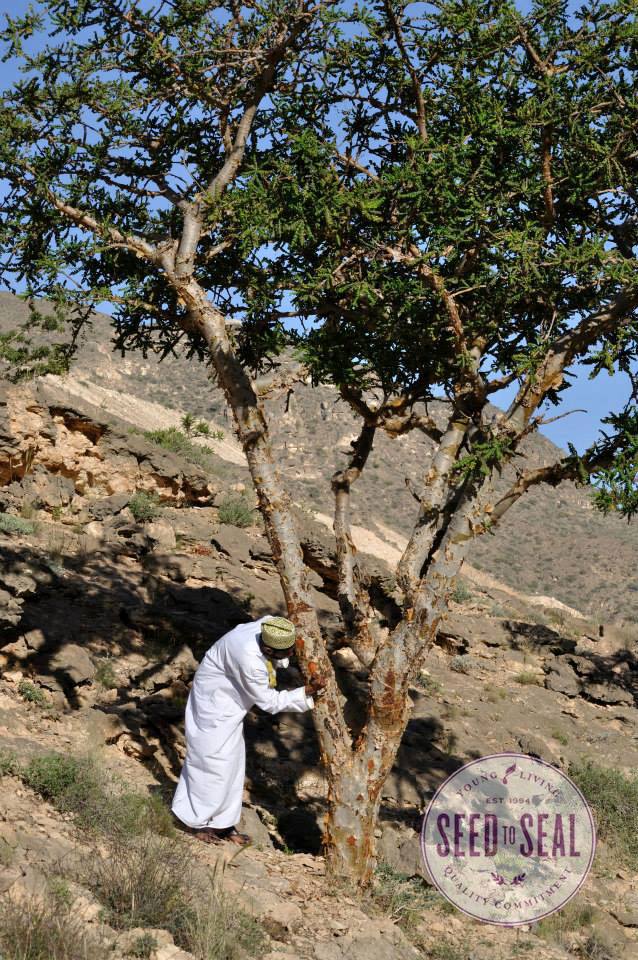
An Omani man who originates from the Dhofar Mountains knows how to harvest Sacred Frankincense resin. The Shahra people have been harvesting frankincense resin for 5000 years.
Inland villages in the mountains and deserts near Dhofar housed the Shahra tribes who collected the sacred frankincense resin. The Shahra speak Shahri, maybe the most ancient language of the Arabian Peninsula. The Shahra are the ancient “people of Aad” who speak the “language of Aad”.
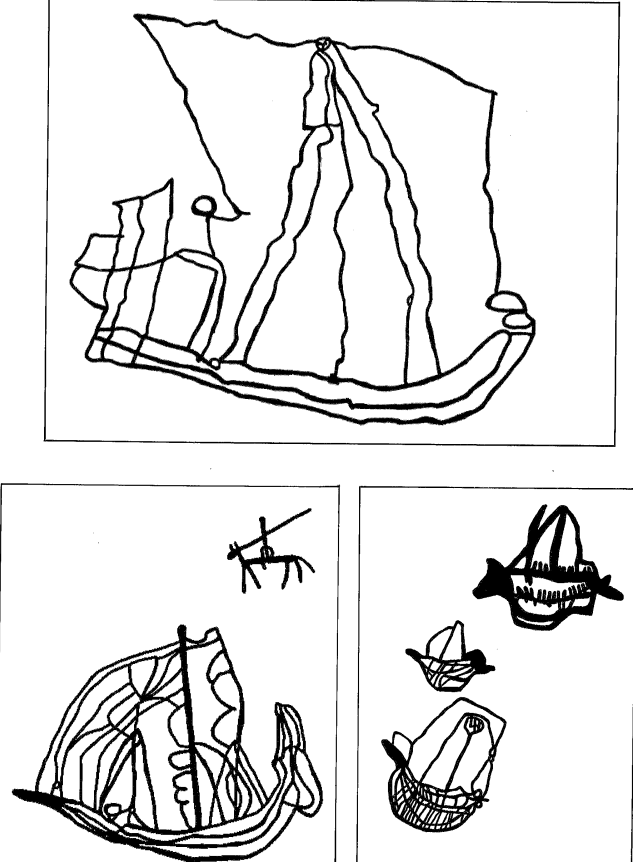
These are pictographs from caves in the Dhofar Mountains were collected by Ali Ahmed al-Shahri in his new book. Note the number of ships that accurately depict the type constructed with wood by traditional Omani ship builders. They are great ship builders and sailors. They used these ships to transport Sacred Frankincense resin to other kingdoms.
The Shahra tribes living within the crescent moon Dhofar Mountains claim lineage from Noah. The thirteen Shahra tribes are named after great grandsons of Noah. Each tribe claims tribal lands that reach from the Arabian Sea to the desert’s sand dunes (the Empty Quarter). Shahra men in the tribe carry the right to harvest sacred frankincense resin within their tribal boundaries. These frankincense resin harvesting rights are still in effect today. There are approximately 50,000 Shahra living in western Oman.
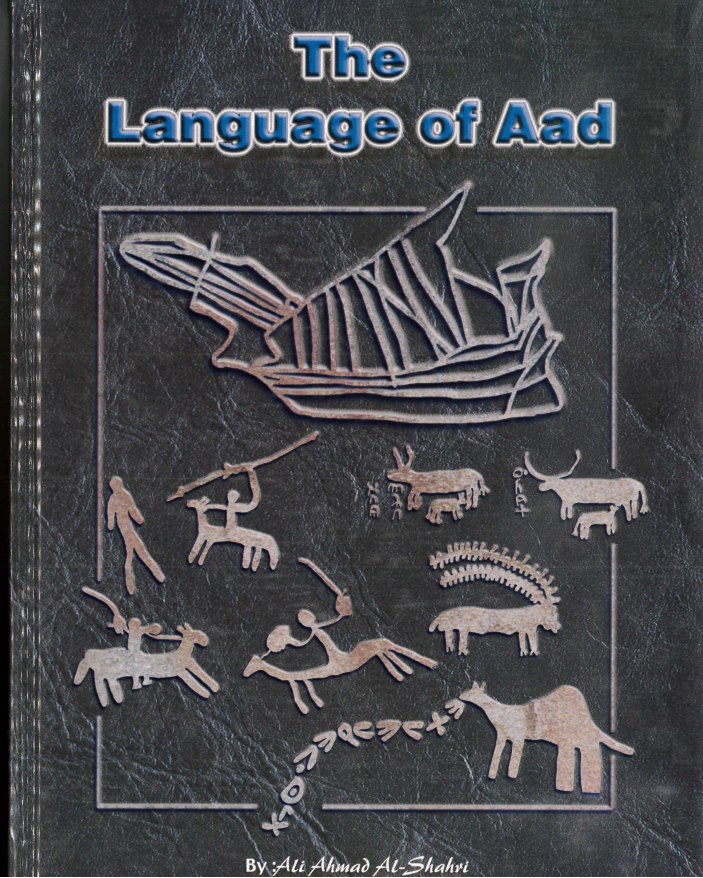
I Ali Ahmed al-Shahri’s first book, The Language of Aad, he describes the “Keepers of the Frankincense”. They are the Shahra people who speak Shahri. The Shahra tribes have the rights to harvest Sacred Frankincense – no one else.
I have a good friend living in Salalah, Oman who has written books on Shahra traditions and the Shahri language – Ali Ahmed al-Shahri. Ali Ahmed describes the Shahri language in his book, “The Language of Aad”.
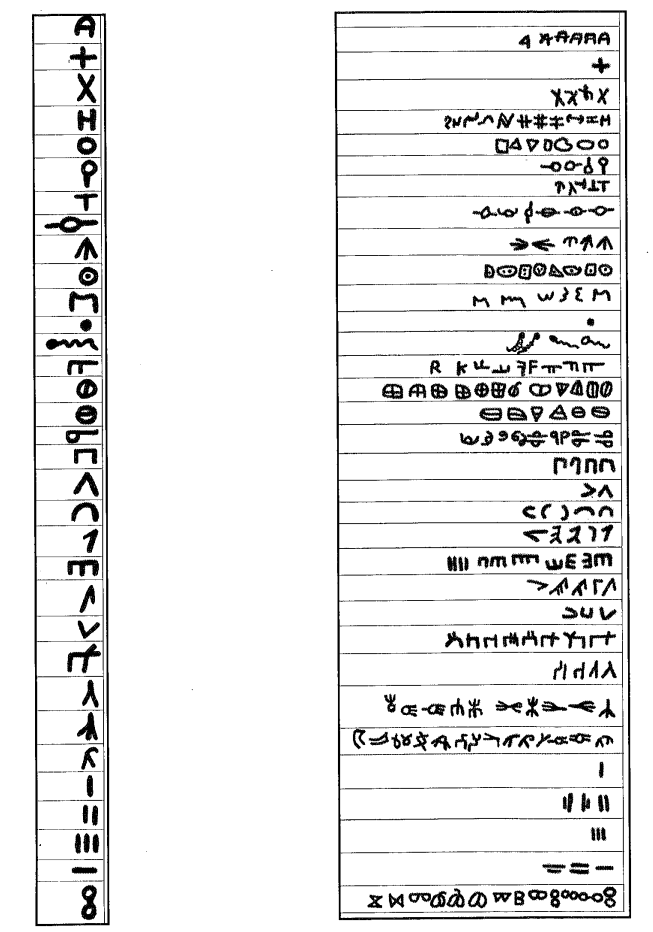
Ali Ahmed al-Shahri has gathered this alphabet from the ancient writings left in caves in the Dhofar Mountains where the Sacred Frankincense trees grow. No one can read this language.
Ali Ahmed writes: “These (Shahra) tribes are considered to this time the most ancient tribes still remaining…. The Shahra tribes have preserved the most ancient Arab language – Shahri, the traditions, folklore, proverbs, names of ancient tribes, ancient Gods names…. The Shahra were able to protect their culture, country, and their wealth from invaders in ancient times….”
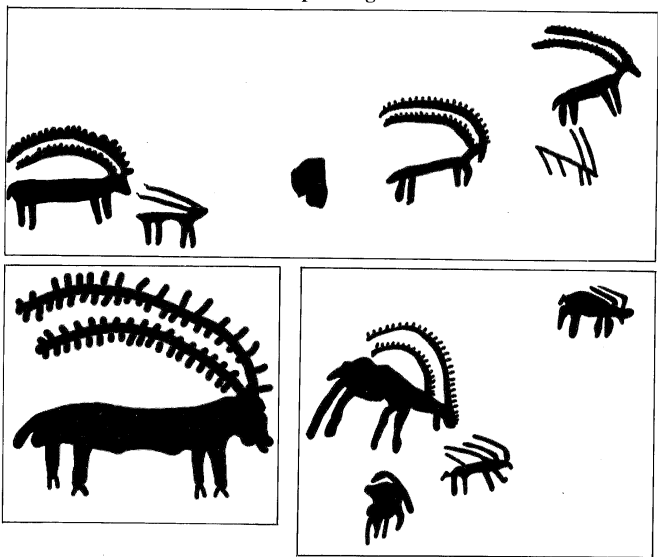
The Ibex antelope lives in the Dhofar Mountain range. At present the numbers are few. But these cave paintings in Ali Ahmed Al-Shahri’s book show they were present and likely hunted for food.
The Shahra people living in the mountains of Dhofar are the keepers of the sacred frankincense. They hold the 5000 year old rites to harvest and trade sacred frankincense resin. Dr. Mahmoud Suhail, MD works directly with the Shahra to obtain sacred frankincense resin. This is your source of Sacred Frankincense essential oil.
Source: Dr Cole Woolley PhD, July 6, 2015
Related Posts

Although not the Frankincense Trail, this documentation of crossing the Sahara in the middle ages provides insight into what traveling the Frankincense Trail might have been like.
Crossing the Sahara in the Fourteenth Century | François-Xavier Fauvelle
How to make the trip from Sijilmasa to Oualata, circa 1352.